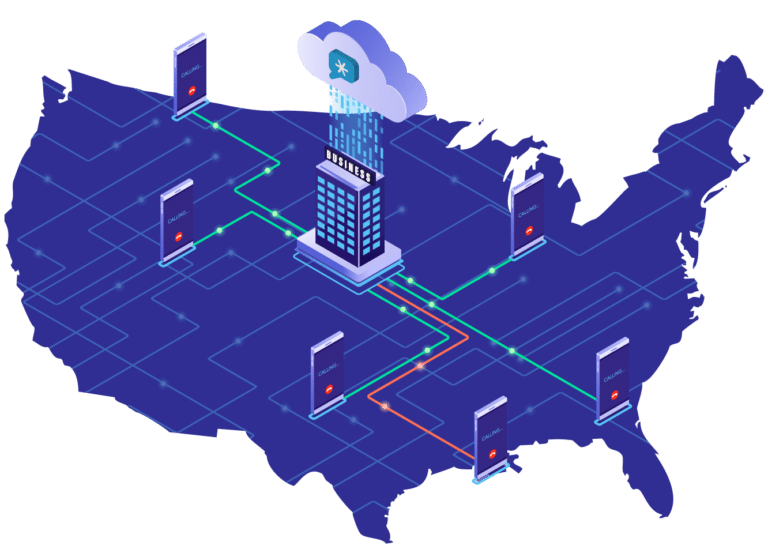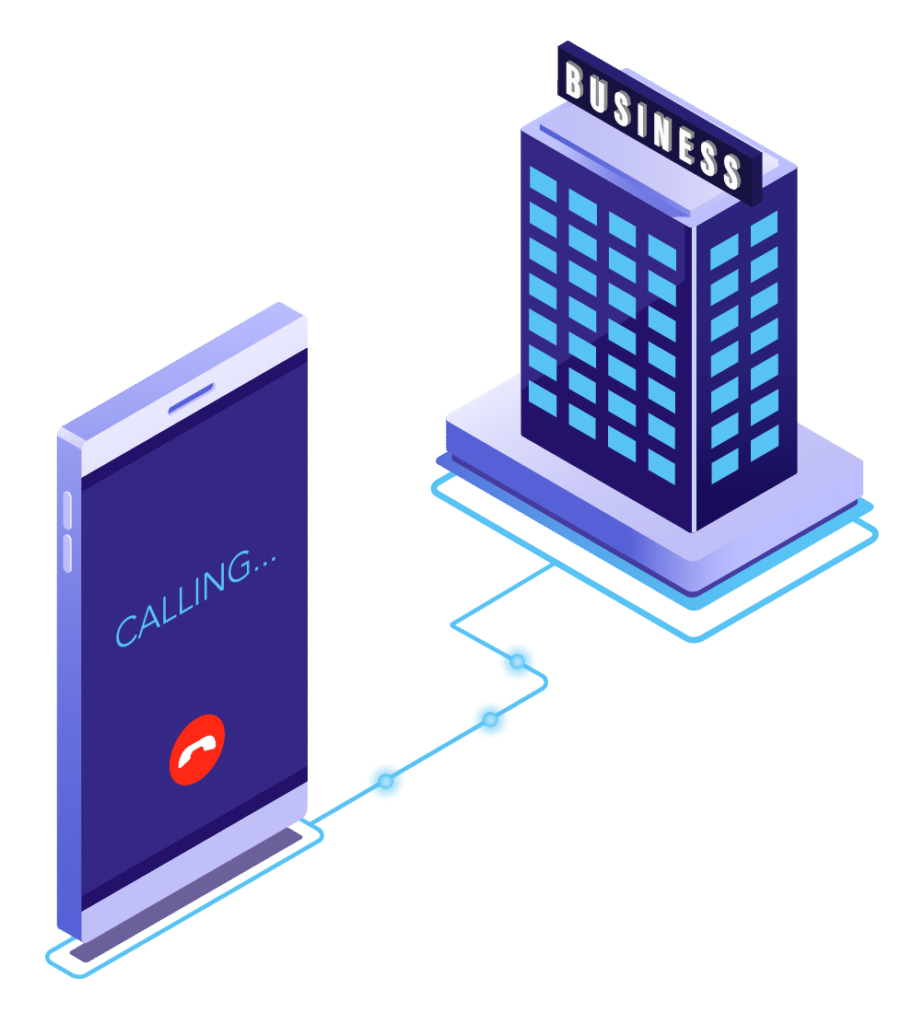
How VeriCall® Technology Works
Enterprise-Grade ANI Validation and Spoof Detection for Contact Centers.
Part 1: Collect Call Metadata
Once a person presses the button on their phone to dial a phone number, data is generated to begin documenting the call process. As the call travels through the telephone network on the way to its destination, additional data is compiled. All of the data pertaining to a call can be referred to as its ‘metadata.’ In addition to capturing which number placed the call and the number that was dialed, the metadata elements also include when and where the call was made, and information related to the route that the call took through the network. When the call is answered, the dozens of individual data fields can be packaged together and delivered digitally to a business within what is called a SIP Header. Businesses can use the SIP Header in many different ways.


Part 2: Metadata Delivered via API
Part 3: Machine Learning Analysis


Part 4: Call Scored by VeriCall® Technology
Part 5: Use The Score in the IVR

